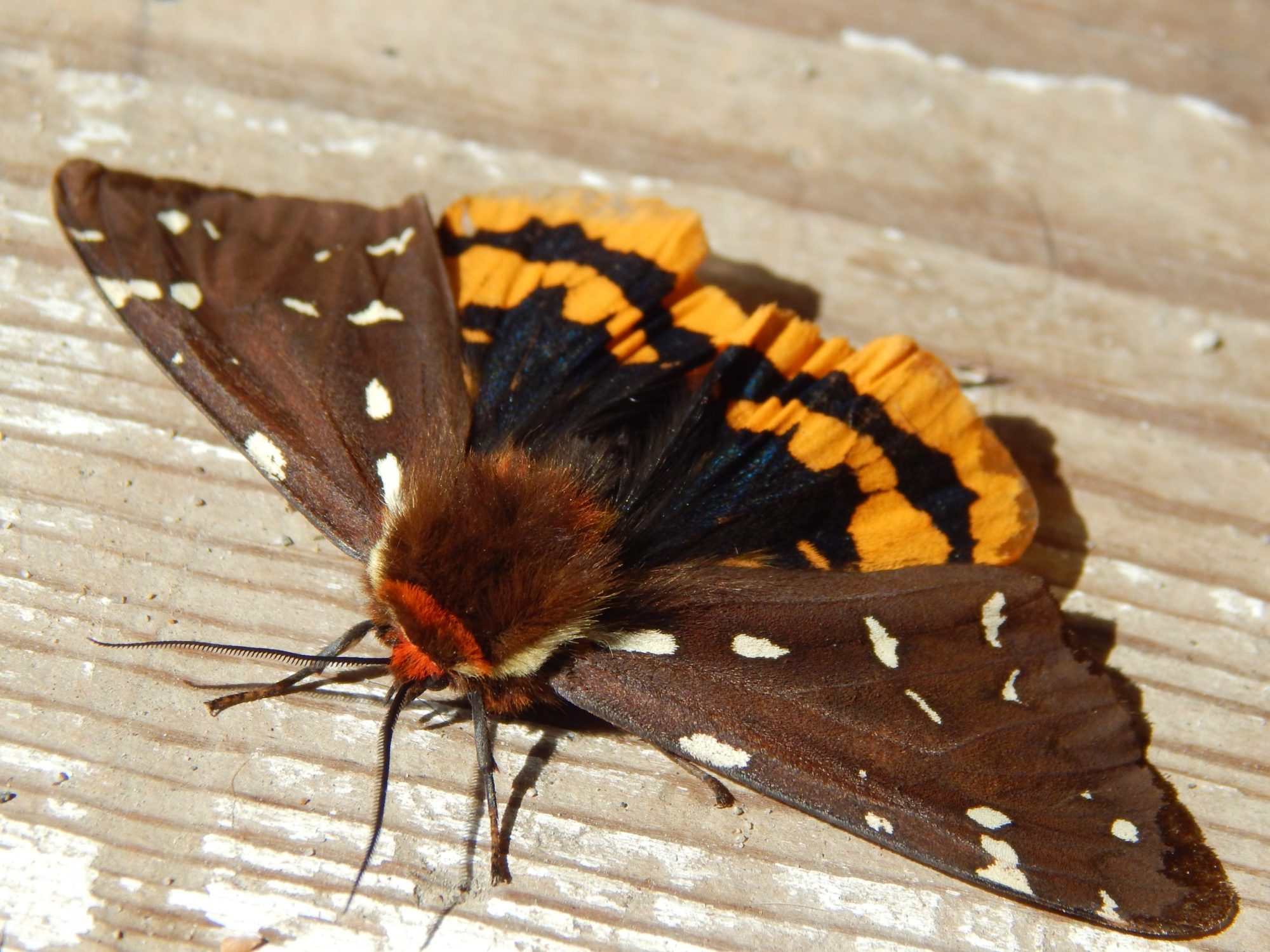What is the difference between a cocoon and a chrysalis?

Moths and butterflies go through a four-stage life cycle: egg – larva – pupa – adult. They undergo a significant change in appearance along the way. The larva, or caterpillar, that emerges from the egg looks very different from the adult butterfly or moth it will become. It eats, sheds or moults its skin several times as it grows, and finally reaches a stage when it’s ready to change into its adult form. This transformation, called metamorphosis, occurs in a special protective case in the pupa stage of the life cycle.
When butterfly caterpillars moult for the last time, instead of producing another layer of skin they form a hard case called a chrysalis. The chrysalis is attached to a solid surface and protects the caterpillar inside as it transforms into a beautiful butterfly. The moth caterpillar, on the other hand, produces silk from glands and spins a silky covering around itself before it forms a hard inner case in which it transforms into the adult form. The silky coat and inner hard case is called a cocoon and protects the moth caterpillar as it transforms into a magnificent moth!
To sum up, butterfly caterpillars make chrysalises and moth caterpillars make cocoons.
Thank you to Vic Romanyshyn from the Alberta Lepidopterists’ Guild for helping us answer this question!